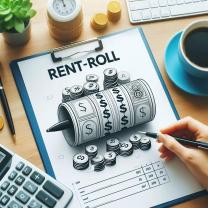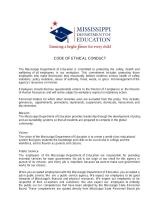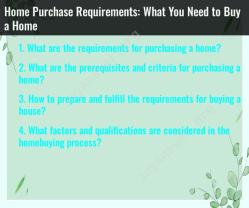Should you buy a second house using home loan?
Assessing the use of a home loan for a second home purchase involves considering several factors to determine if it's a feasible and financially sound decision. Here are key steps to help you evaluate whether using a home loan for a second home purchase is the right choice for you:
Financial Readiness:Assess your current financial situation, including your income, savings, and existing debts. Determine if you have the financial capacity to take on another mortgage in addition to your primary residence.
Loan Eligibility:Check your credit score and credit history, as these play a crucial role in loan approval and interest rates. Lenders typically have stricter requirements for second home loans.
Down Payment:Evaluate how much you can put down as a down payment. The down payment requirement for a second home is often higher than for a primary residence.
Interest Rates:Research current interest rates for second home loans. Interest rates for second homes might be slightly higher than those for primary residences.
Debt-to-Income Ratio:Calculate your debt-to-income (DTI) ratio, which is the ratio of your monthly debt payments to your monthly income. Lenders use this to assess your ability to manage another mortgage payment.
Total Cost of Ownership:Consider not just the mortgage payment but also other costs such as property taxes, insurance, maintenance, and potential homeowner association (HOA) fees.
Rental Income (if applicable):If you plan to rent out the second home part of the time, factor in potential rental income when assessing affordability.
Tax Implications:Consult a tax professional to understand how owning a second home may affect your taxes, including deductions and potential capital gains taxes upon sale.
Long-Term Goals:Consider your long-term goals. Do you plan to use the second home as a vacation property, rental property, or potential retirement home?
Market Conditions:Research the real estate market in the area where you're considering buying a second home. Are property values stable or appreciating?
Loan Options:Explore different types of loans such as conventional mortgages, FHA loans, or specialized second home loans. Compare terms, interest rates, and requirements.
Loan Term:Decide on the loan term (e.g., 15 or 30 years). Shorter terms generally have higher monthly payments but lower overall interest costs.
Pre-Approval:Get pre-approved for a loan to understand how much you're qualified to borrow, which can guide your property search.
Risk Tolerance:Evaluate your risk tolerance and ability to manage multiple properties financially and logistically.
Consult Professionals:Consult with a financial advisor, mortgage broker, and real estate agent to get comprehensive advice tailored to your situation.
Remember that every individual's financial situation is unique. It's important to carefully assess your circumstances and make an informed decision based on your financial goals and capabilities.













